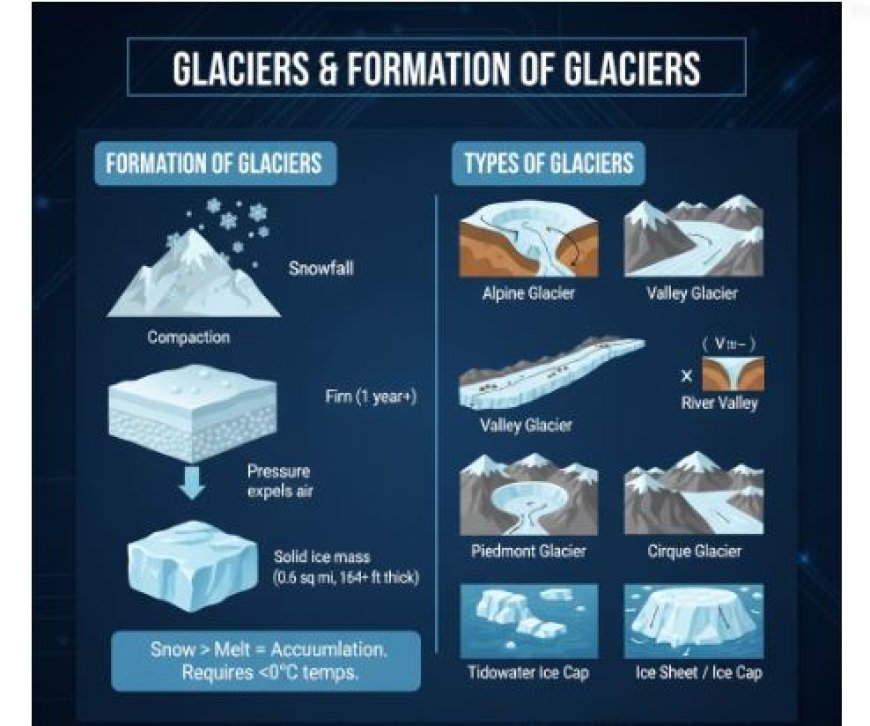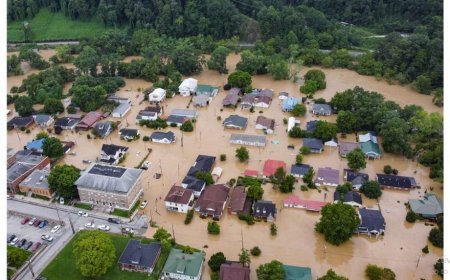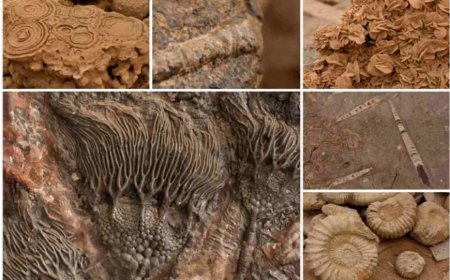GLACIERS AND FORMATION OF GLACIERS
Glaciers are giant rivers of ice that flow slowly over land. They are the largest store of freshwater on Earth, even surpassing all the lakes and rivers combined.

GLACIERS & FORMATION OF GLACIERS
- In simple terms, a glacier is a large body of ice that moves slowly.
- It mostly lives in the valleys of high mountains and the colder Polar Regions.
- However, not every big chunk of ice is a glacier.
- The area of ice must be at least 0.6 square miles and more than 164 feet thick to be called a glacier. Snow is the main thing that glacier ice is made of.
- In other words, glaciers form in places where it snows more in the winter than it melts in the summer.
- Extremely low temperatures in these places make it possible for a lot of snow to pile up and freeze.
- Every year, when this happens, snow slowly builds up. The places where snow stays all year are known as snowfields.
- It takes a lot of snow to build up enough for glacier ice to form.
- It's very important that the snow that falls in the winter be much heavier than the snow that melts in the summer.
- Water crystals in the shape of hexagons are snowflakes. You should know, though, that layers of soft snowflakes are not yet glacier ice.
- The snowflakes that are buried under it get much more tightly packed together as more snow falls.
- When the snowflakes are packed closely together, they become round, while the hexagonal snowflakes lose their shape.
- The round grains that are buried deep become tightly packed over time, forcing out a lot of the air that is trapped between them.
- Firn are the snowflakes that look like grains. They take about a year to form.
Types of Glaciers
Alpine glaciers
- They look like mountain chains.
- They form high up in the mountains and look like bowls.
- The ice below the pulling glacier starts to melt and is pushed into a valley as the glacier grows.
Valley glaciers
- These are big mountain glaciers that stay in valleys with steep walls.
- Most of the time, they follow the line of an old river bed.
- They carry rock pieces that they discover along the way or that fall into them.
- Valley glaciers moving downhill cause a lot of erosion, which shapes the valley into a U shape instead of the V shape that rivers usually make in the early stages of erosion.
Piedmont Glacier
- When a big Alpine glacier moves to the base of a mountain range, it forms a pitched glacier.
- It can grow bigger than its valley source when it's at the base of a mountain range.
- They keep getting bigger because mountain glaciers keep feeding them.
Cirque glacier
- When glaciers wear away rock, they leave behind a valley that looks like an amphitheater.
- The mountain's cirque ice looks like bowls.
- Most of the glaciers in the Cirque are not very big—less than one km across.
- As the glaciers fall, they join with other glaciers to form a wider valley glacier.
Tidewater Glaciers
- When Alpine glaciers melt and fall into the ocean, these types of glaciers rise.
- Later, pieces of them break off and float on the water as icebergs.
Ice sheet
- When a lot of ice moves downhill in every direction without being stopped, it's called an ice sheet.
- The ice sheet in Greenland is a prime example of one.
Icecap
- An icecap is a dome-shaped glacial mass that is not limited in any way.
- It has the ability to move in any way.
- It can cover an island or mountain group all the way around.
- An ice cap turns into an ice sheet when it covers more than 50,000 square kilometers.
What's Your Reaction?


































